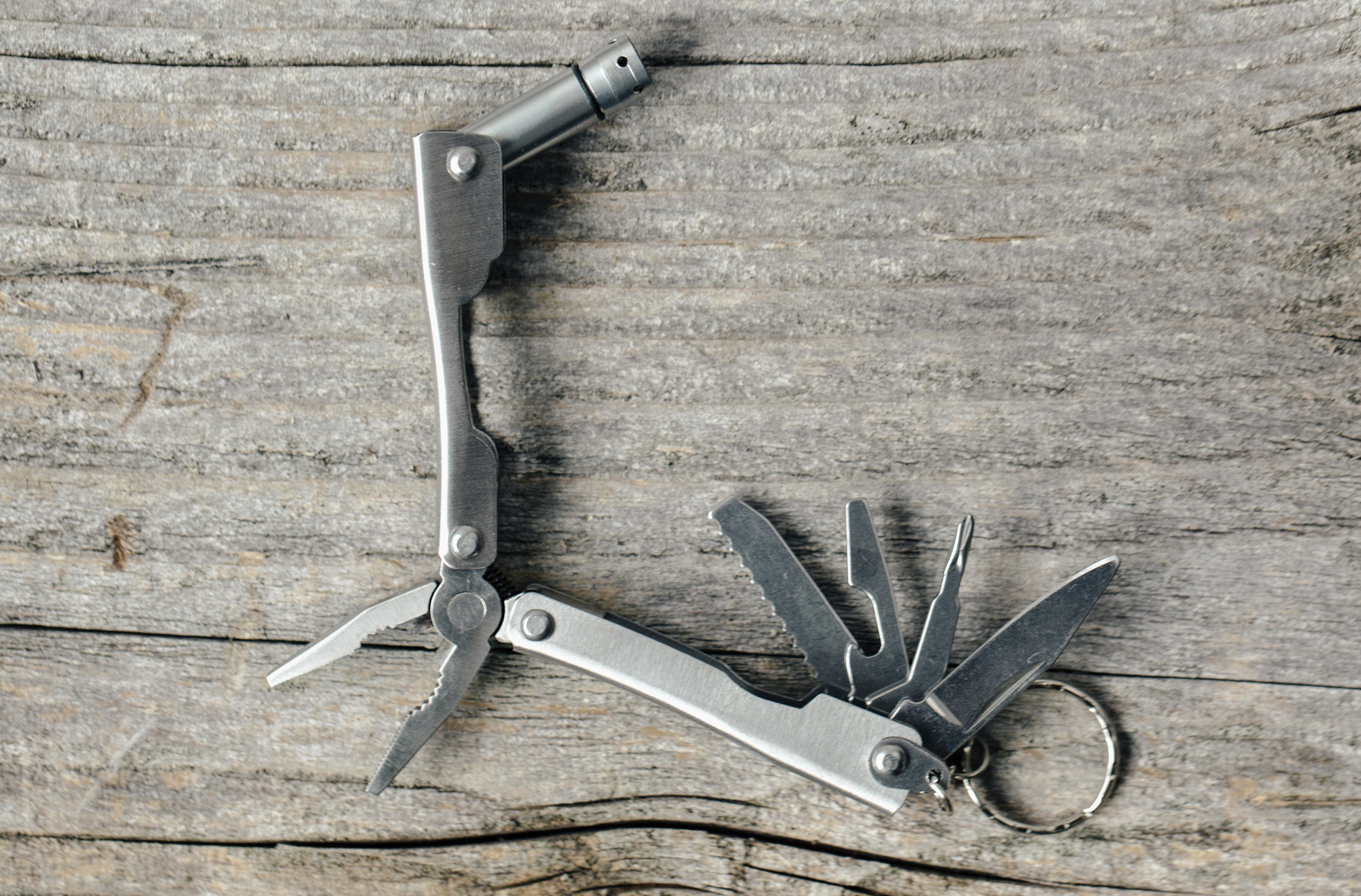Money Is A Tool
(This is a potential excerpt from an upcoming book – please tell me what you think.)
Money is a tool none of us is taught to use properly.
This could seem arguable and unimportant, but it is neither. It is in fact hard to overstate both the importance of this lack of teaching or the power of the tool.
Money is the most ubiquitous, flexible and powerful tool in our lives, and so it is extremely dangerous not to teach people how to use it properly.
Consider just three uses of money, two good, one bad.
- Pricing a derivative option
- Effective allocation of donations to a charity
- Credit card debt to buy luxury goods
You might think the first two items are deliberately obscure, but they’re not. Derivative pricing is one way of creating insurance, (hedge funds initially got their name due to their strategy of “hedging” or insuring with derivatives) a pretty important and powerful tool. Without insurance or hedging, entire industries would be so volatile as to perhaps be unmanageable, or too costly to scale up.
On a different spectrum, we can choose how to donate to charity by comparing how many lives our donation might save or improve. Most people follow their emotions with this, which isn’t wrong, but the Effective Altruism movement tries to provide large-scale donors guidance on where and how their dollars might make the most difference to the world – which couldn’t happen without money being used in the calculation. As a tool, it can and does save millions of lives.
And then there’s the consumer credit and luxury goods industries which deploy decades-learnt psychological marketing techniques to put hundreds of millions of people on the wrong side of the compound interest equation – which FIRE enthusiasts consistently misquote Einstein saying was the greatest mathematical discovery, the eighth wonder of the world or even the most powerful force in the universe (he probably never said any of it).
You know which of the three you were taught.
Perhaps not at school, but we all know which was the last one that sent us some information. I’ve never had a letter through my door offering me a free course on derivative pricing (a course I have actually done, badly) nor have I ever seen a glossy advertisement for effective altruism. But my credit cards are my most regular correspondents, and I can’t avoid ads for expensive things that will supposedly make me more attractive, or complete me. Good luck with that.
These are just three of the functions the money tool offers. There are countless others, too many to even start listing, and so powerful that they drive most of our entire civilisation.
Compare that to a power saw, which we obviously wouldn’t give to our children. Or a knife. Or a pair of scissors we won’t let our child touch if it hasn’t got rounded edges, and plastic covering the blades, and they’re being supervised like a hawk.
But we give them money at Christmas. We connect money and love and happiness at the youngest, most influential age.
We understand instinctively that tools have power, that do jobs, that can be positive or negative – and that we must learn to use them. Screwdrivers. Hammers. Spanners. Wrenches. They all do the same thing, but not in the same way. They’re appropriate at different times. We have to learn.
But because we don’t learn that money is a tool, we don’t learn to use it effectively. And we pass this lack of learning down to our kids in turn.
We let our kids loose in the tool shed without the faintest idea of what’s inside, because we don’t know it ourselves.
Time And Energy
To understand what this tool is, we should start by looking what it is made of. Not paper, gold or electrical signals in a computer, but money is made of time and energy.
I put time and energy into some money, or rather to get some money from someone else, and I get some time and energy back when I give that money to a third person.
More correctly, money as a concept probably began as a debt to repay someone: the first evidence of money is a kind of tally-stick, a record of a debt that can be repaid with assets, that will themselves have been the result of time and energy.
Time and energy might seem to be abstract concepts, but they are the defining concepts of human life. Throw in imagination and creativity, more things that money can capture (we can be paid or pay for it), and we have so much of our life measured in it.
No wonder Thoreau said, “The price of anything is the amount of life you exchange for it.”
Here we have the power, and the danger, of money as a tool. It can measure, reflect, transfer, capture and even store all human endeavour. It can transfer the good and the bad, the best and the worst, that we can do.
Any other tool you can think of, money can buy. Any tool you can invent, money can invest in the factory to build. Any capacity that humans have, money can measure, store or transfer.
It can buy a gun, so it is as powerful as that. It can buy an MRI scanning machine, so it is as powerful as that. It can buy a book to teach people how to manage their money, so is as powerful as hopefully that can be.
Nothing else can do this.
Nothing else even nearly this powerful do we fail to teach people how to use before we put it in their hands.
Photo by Shopify Partners from Burst.


